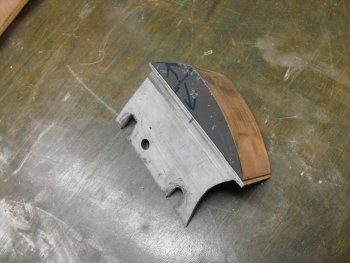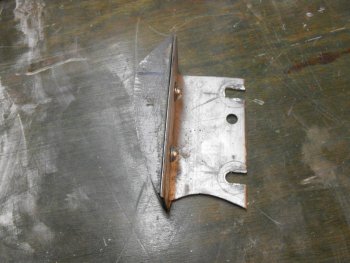Battle Creek Knives
Well-Known Member
Rotary Platen... Its uses?
Let me be as perfectly blunt as possible, I have no idea what the benefit of a radius platen is...
This may be stretching it a bit, but isn't it more like a slack belt that's fully taut??
please clue me in, as I see more and more of them lately...
there has to be a benefit, what type of grind can you achieve with this that cant be done otherwise??
thanks for your imput...
rob
Let me be as perfectly blunt as possible, I have no idea what the benefit of a radius platen is...
This may be stretching it a bit, but isn't it more like a slack belt that's fully taut??
please clue me in, as I see more and more of them lately...
there has to be a benefit, what type of grind can you achieve with this that cant be done otherwise??
thanks for your imput...
rob
Last edited:


